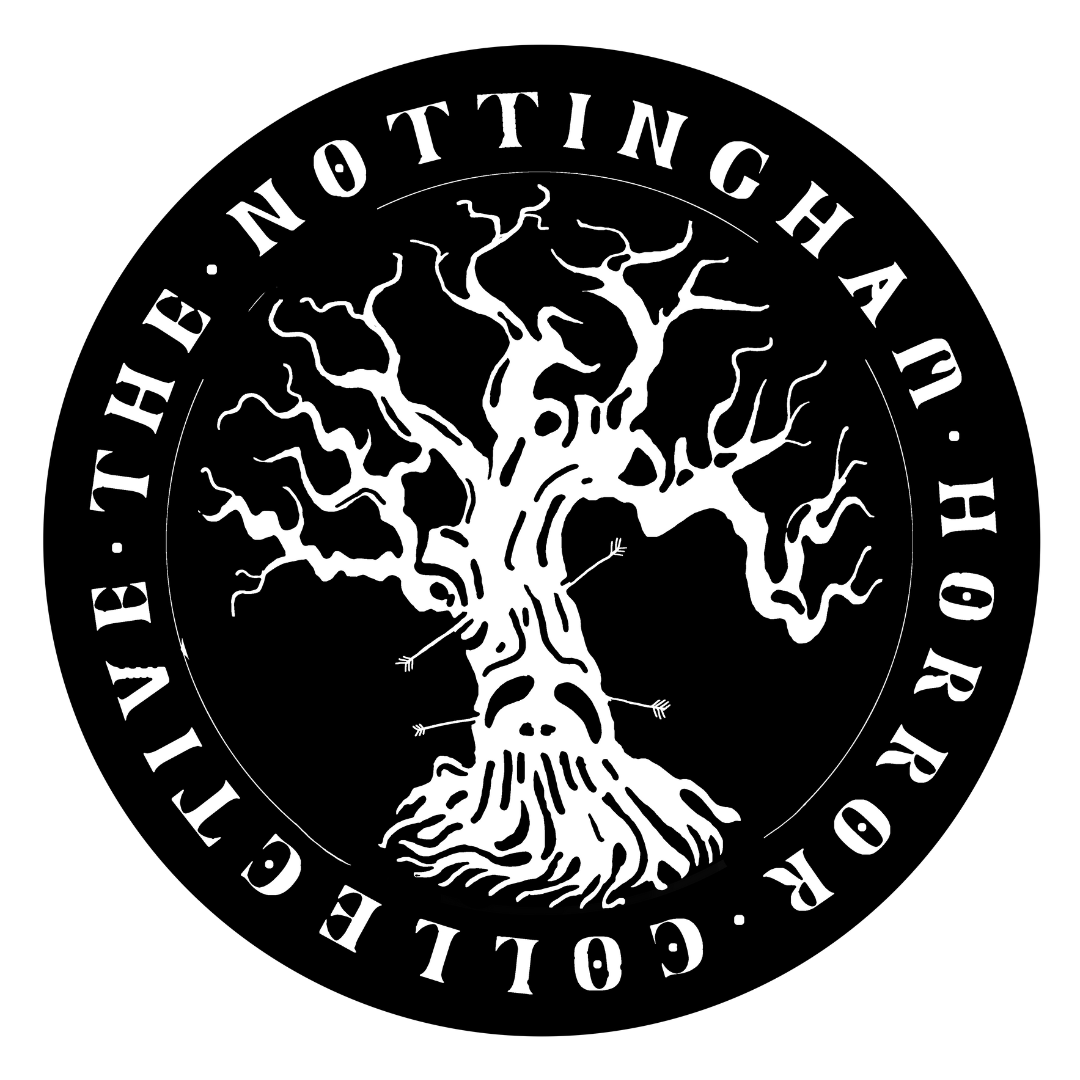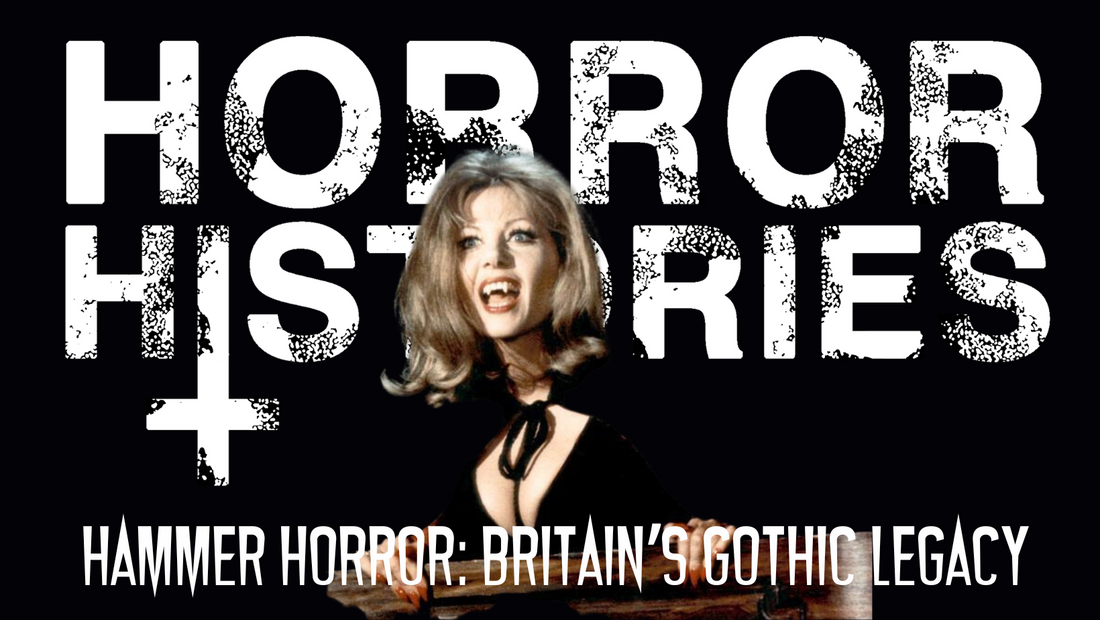The British film scene has been the birthplace for so many groundbreaking cinematic movements, but one that stands out with its dark charisma is the work of Hammer Film Productions, the artful maestro behind the iconic ‘Hammer Horror’ imprint.
This cinematic movement not only redefined horror film in the mid-20th century but also successfully melded traditional Gothic with a bold, avant-garde approach to storytelling that was far ahead of its time.
Born in 1934, Hammer Film Productions might have begun its journey as just another contender among a legion of film studios. But come the late 1950s, it decisively distanced itself from the American monster movie maelstrom, seeking inspiration from a deeper well of literary classics and early cinematic behemoths, breathing new life into these tales with a vibrant palette and a dash of sensuality.
Films like The Curse of Frankenstein (1957) and Dracula (1958) are perfect examples of this. While both films hold a mirror to the studio's genius, Dracula emerges as the quintessential embodiment of Hammer's ethos. With Terence Fisher's visionary direction and a starlit cast headlined by the enigmatic Christopher Lee as Dracula and Peter Cushing as his relentless pursuer, Van Helsing.

Unlike its black and white predecessors, Hammer’s Dracula drips with deliciously vibrant hues: deep velvets of red and enveloping shadows. Transported from the remote Transylvanian landscapes to Victorian England, the film’s ambiance is unmistakably British.
Lee’s portrayal of the iconic vampire is a tour de force: he melds the aloof nobility of the count with the raw predatorial hunger of a monster. This Dracula drips menace, further accentuated by the electric charge of sensuality that Hammer loved to inject into its films. Every bite, a dance of death and desire, was audacious for its time, making the films as controversial as they were groundbreaking.

This Dracula was a departure from previous iterations. Less the foreign nobleman and more the predatory monster, Lee's Dracula combined a regal presence with a fierce intensity. His piercing gaze and towering stature made him a formidable and memorable embodiment of the vampire legend.
Hammer's rendition of Dracula was also more... well... horny. The vampire's bite, always symbolic, became a much more sexually charged act, one laden with an interplay of terror and desire. This sensuality, combined with vivid gore (by the era's standards, of course), made Hammer's films both groundbreaking and controversial.

But the Count was just a single jewel in Hammer’s crown. Films like The Mummy (1959) and The Curse of the Werewolf (1961) further underpinned Hammer's dedication to weaving tales of terror with an unmistakably British essence.
Hammer's undeniable signature—brooding Gothic backdrops with an infusion of vivid colors and sensual undercurrents—became their art form. They didn't just showcase horror; they painted with it, crafting tales laden with old-world gravitas and modern boldness.

Hallmarks of Hammer’s Distinctive Style
Hammer’s foray into the world of horror is marked by certain unmistakable characteristics. Their innovative use of colour, especially deep, crimson reds, juxtaposed against the cold, bleak backdrops, breathed an eerie life into scenes. This was enhanced by distinctly Gothic settings: looming castles, enigmatic moors under the blanket of thick fog, and quaint, yet disquieting European hamlets.
But Hammer didn't just rely on aesthetics. Their narrative choices were equally groundbreaking. A pronounced sensuality permeated their films. This overt sexuality, especially when paired against the backdrop of intense, sometimes jarring violence, made Hammer films a provocative viewing experience. It was mix of old-world charm with new-world audacity, and people loved it.

Iconic Collaborations: The Heartbeat of Hammer
No discussion of Hammer Horror would be complete without recognising its iconic collaborations. Director Terence Fisher's synergy with actors like Peter Cushing and Christopher Lee was nothing short of cinematic brilliance. Cushing, with his eloquent charm, often played characters that operated in moral grey areas, while Lee, with his towering presence and baritone voice, became the face of many nightmares as the Count himself.
Lee's Dracula, beginning notably with Dracula (1958) (or Horror of Dracula for U.S. audiences), was a masterclass in portraying menace laced with allure. Through such collaborations, Hammer achieved a remarkable feat – they made monsters like Dracula feel fresh, relevant, and profoundly unsettling for a new generation.
Redefining the Femme Fatale
While discussions on Hammer frequently revolve around its unique aesthetic or the iconic portrayals of monsters by actors like Christopher Lee, an integral aspect of the studio's appeal lies in its captivating women. Its female protagonists, far from mere set pieces, were powerhouses of allure, strength, and complexity.

Hammer's leading ladies often found themselves in positions of peril, true, but they were equally likely to be the source of the peril. Actresses such as Caroline Munro, Ingrid Pitt, Barbara Shelley, and Martine Beswick brought an alluring blend of vulnerability and strength to their characters. Pitt, with her iconic roles in The Vampire Lovers (1970) and Countess Dracula (1971), portrayed characters with a blend of classic Hammer-sensuality and empowerment. These women were not just victims, but creatures of immense power and complexity.

Challenging Societal Norms
The 1960s and 70s were times of significant societal change, and Hammer Horror mirrored these shifts, often placing its women in roles that subverted societal expectations. Hammer's women were not just confined to the shadows of male protagonists; they often took center stage, navigating complex narratives about sexuality, independence, and power.
Whether it was the tenacious heroines battling sinister forces or the captivating antagonists exuding magnetic allure, these characters were a far cry from the stereotypical, one-dimensional femme roles prevalent in many films of the era.

Hammer’s Legacy
While Britain revelled in this neo-Gothic renaissance, the waves created by Hammer were felt across the pond in the United States as well. It inspired loads of filmmakers, and its films became an anticipated feature of late-night TV horror showcases.
However, cinema is an evolving beast. As the 70s and 80s approached, the world saw a surge of films like The Exorcist (1973) and Halloween (1978) that showcased a raw, unbridled horror. In comparison, the stylised, Gothic beauty of Hammer began to feel somewhat dated, leading to the studio's gradual decline.
But true artistry never really fades away. And modern filmmakers, like Tim Burton, regularly cite Hammer Horror as pivotal influences, rekindling interest in its unique aesthetic and narrative choices.
Hammer Horror wasn't just a fleeting moment in cinematic history; it was an audacious reimagining of horror. Beyond its golden era during a few defining decades of the mid-20th century, the pulse of its influence still beats strongly today. In an industry where countless production houses rise and fade, Hammer's audacious spirit still oozes with a blood-red radiance, forever marking the world of horror cinema with its crooked fangs.

